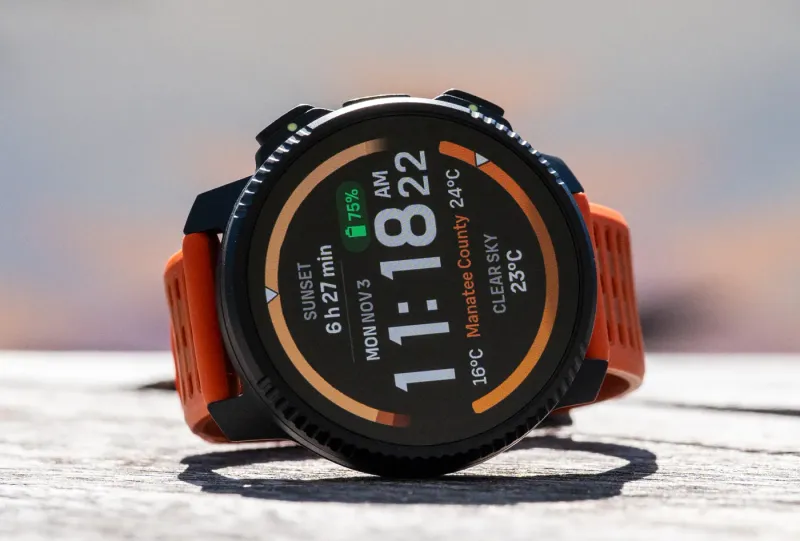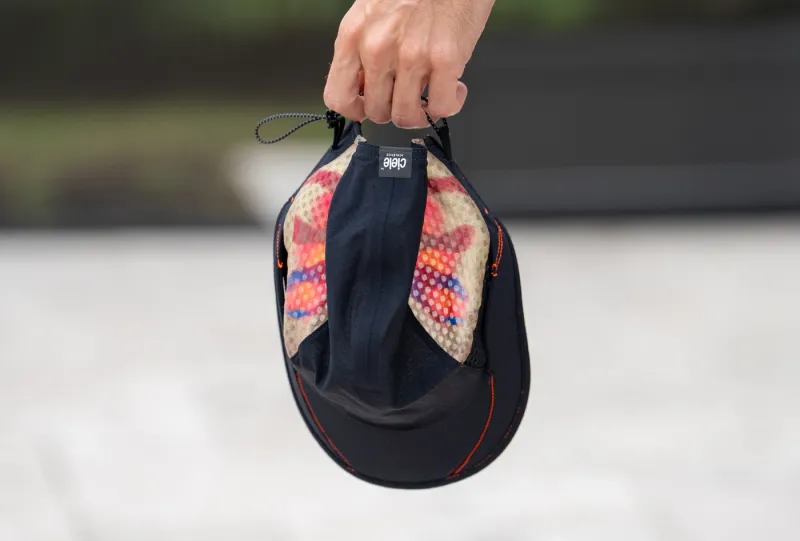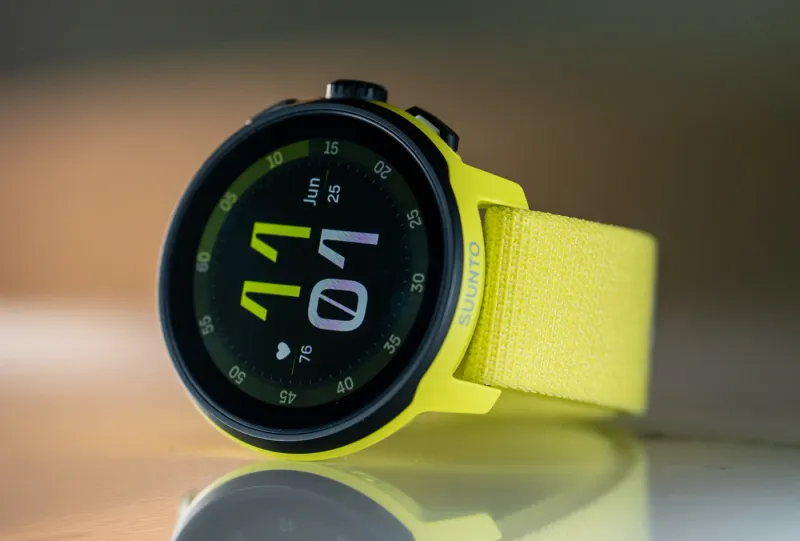The Suunto Race S Courtney Edition is a compact version of Suunto’s performance-focused Suunto Race watch, designed for athletes who need precision tracking, offline maps, and a bright AMOLED display in a smaller form factor.
Its titanium bezel and special glow-in-the-dark strap with a hidden “believe” text sets this Courtney Dauwalter Edition it apart visually, while the internals deliver a range of metrics similar to the original Suunto Race. For those not familiar with Courtney Dauwalter yet, she’s an absolute legend of an ultrarunner – the best ever in my opinion!
But is it a good option for runners, triathletes, or anyone seeking a high-performing multisport watch, especially at the $469 price point?
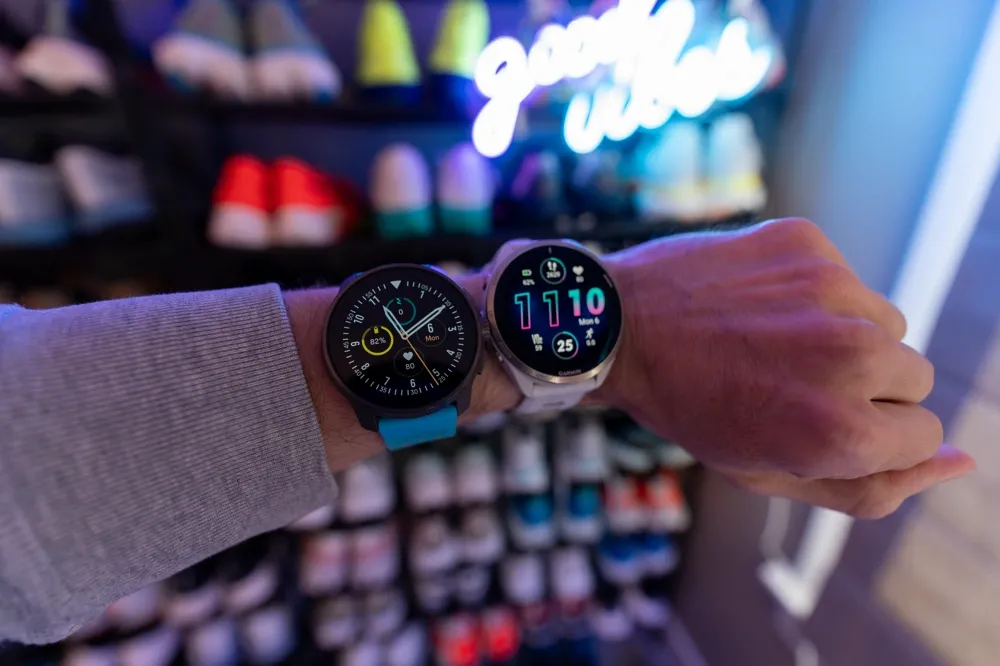
I’ve been using the Suunto Race S for a good chunk of time now, alongside my Garmin Forerunner 965, testing its capabilities across road runs, trail runs, and static bike sessions on my Peloton.
Here’s my take on whether it can keep up with day-to-day training, race-day performance, and everything in between and stand with the other top running watches for ≈$450 or less price range.
Key specifications
- Price: $469 at Suunto
- Display: 1.32” (approx.) AMOLED with 466×466 pixel resolution
- Battery Life: Up to 5 days of daily use (display always-on), 1–2 weeks with lighter use and more conservative settings. Around 30 hours in performance GPS mode.
- Case Size: 45 x 45 x 11.4 mm — suits smaller wrists without feeling bulky
- Weight: 1.8oz (52g) with a titanium bezel
- Sports & Metrics: 95+ sport modes, GPS dual-band accuracy, heart rate (HR), running power (no external pod needed), HRV recovery measurement, structured workouts
- Navigation & Mapping: Offline maps, route following, digital crown for fast scrolling
- Connectivity: Bluetooth, (no NFC payments), basic smartphone notifications
The features that matter to me
Design and display
I’m a fan of smaller watches, particularly ones that don’t get in the way during everyday wear or while sleeping. The Race S hits that sweet spot with a 45mm case and weighs just 1.8oz. It’s very comfortable to wear all day (and over night whilst you sleep).

If you prefer larger watches, look at the Suunto Race instead (non ‘S’ (small) version).
The touchscreen is bright enough to read in midday sun, and the digital crown is a quirky but effective way to navigate menus without smudging the display.
That said, the crown can be tricky at times. I found myself accidentally rotating it when bending my wrist at certain angles. When this happened, the watch jumped around in menus. You can rely on the touchscreen instead, but I like to keep the crown active because it’s handy with sweaty or gloved hands.
I’m generally not a fan of touch screen when it comes to running watches as there’s too much scope for accidentally switching screens at all the wrong moments.
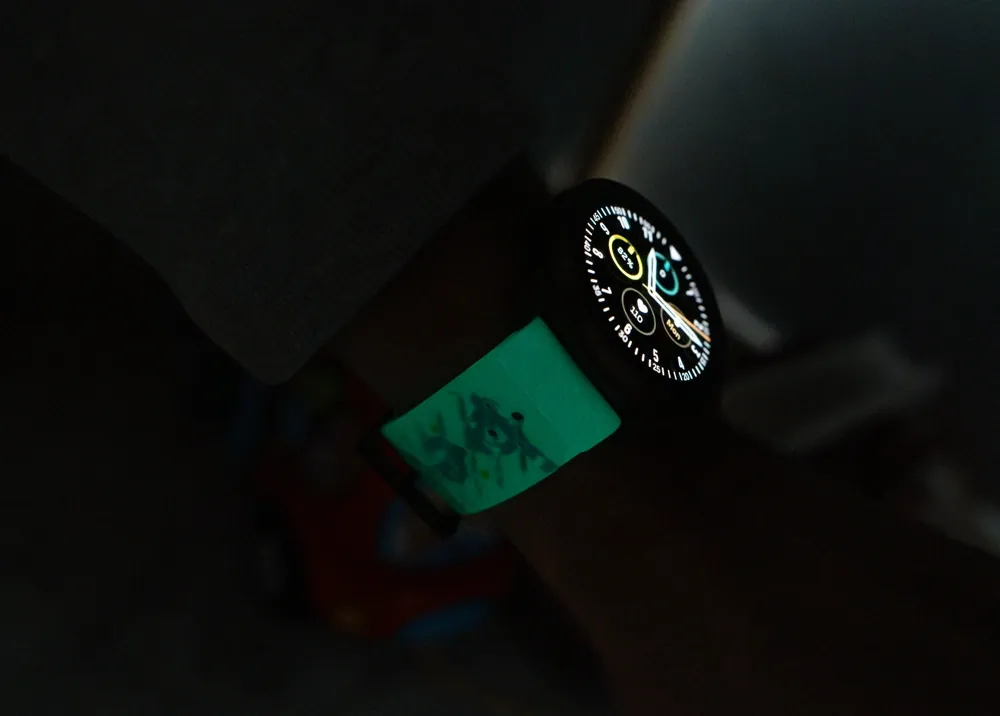
See the photo above demonstrating the glow of the watch strap, alongside the brightness of the AMOLED for reference.
Accurate GPS and offline maps
The Race S offers dual-band GPS, which has been very precise for me in open areas and done a decent job in tree cover – I get my 1km beeps within a couple of seconds of my Garmin Forerunner 965 (a much more expensive running watch).
Suunto also includes offline maps, which are an excellent feature at this price. In practice, these maps load quickly, look detailed enough on this bright AMOLED display, and make route navigation straightforward.
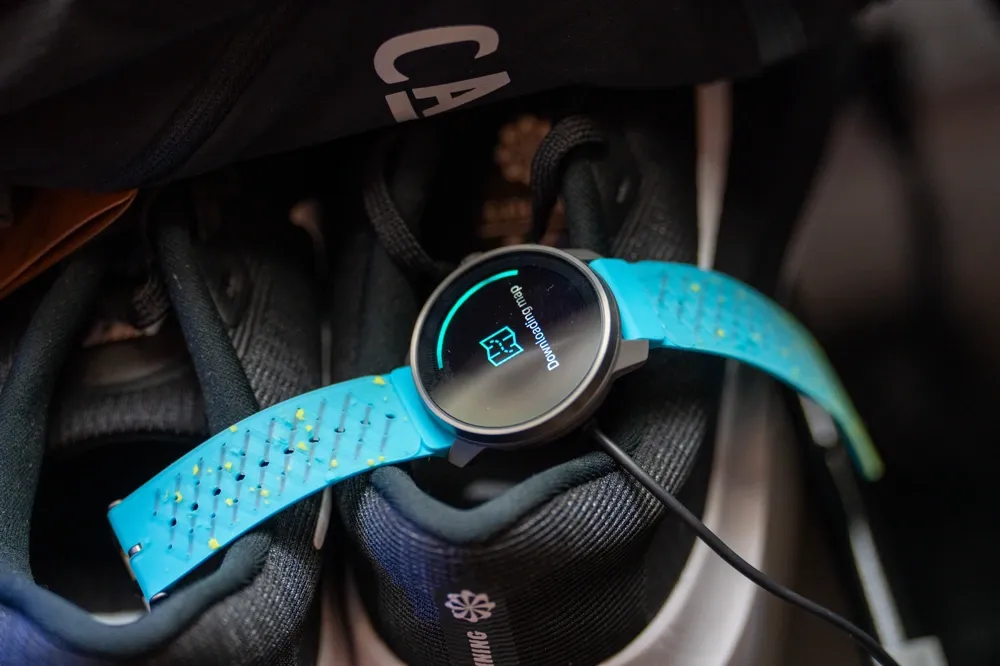
Offline maps plus Suunto’s Climb Guidance let me see details of upcoming hills, very similar to Garmin’s ClimbPro. That’s been a treat on my hill workouts because I can gauge how many meters of climbing remain before I hit flat ground.
Battery life and use cases
Battery longevity is solid for a watch of this size and screen quality. With daily heart rate monitoring, including wearing it overnight for sleep tracking and to get my Heart Rate Variability (HRV) scores registering (allowing me to gauge stages of my recovery and ensure I’m not overtraining) and a couple of hours of GPS training every other day, I can typically squeeze 5–7 days before needing to charge.
You can adjust settings (turn off always-on display, reduce screen brightness) to extend this significantly, potentially up to 2–3 weeks with minimal GPS but I like having the always on display to make the watch more enjoyable to use throughout the day.
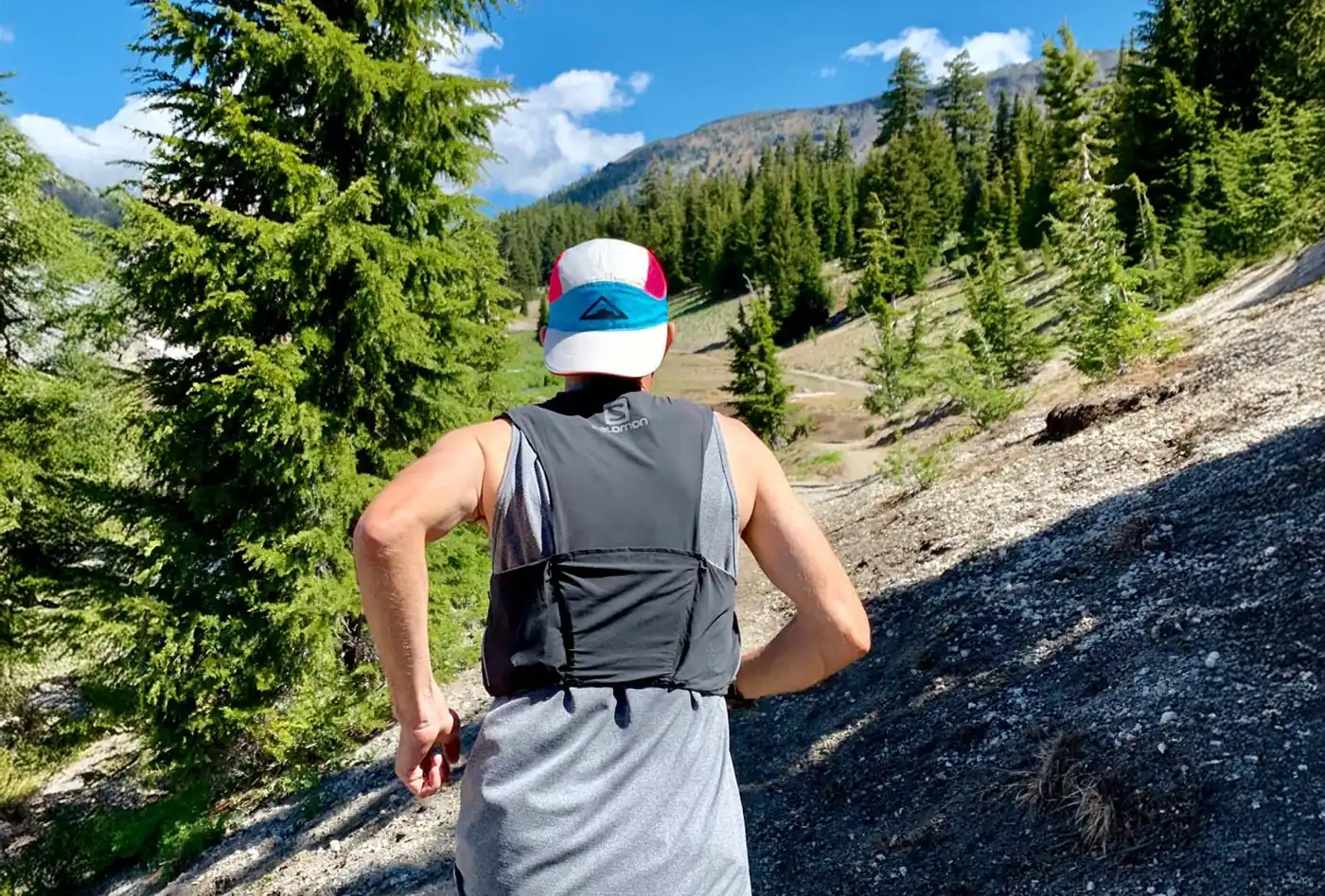
For single-day races or a weekend adventure, 30 hours of performance GPS is easily enough for me (my longest race so far is UTMB OCC which took me around 10 hours 30min to complete), but if you’re pushing into multi-day ultras, you might prefer something with an even larger battery, like the Suunto Race, or Garmin Enduro 3, for example – more recommendations can be found on my Best Running Watches [For Trail And Ultra] roundup.
Suunto ‘Race S’ VS ‘Race’ battery life
The Suunto Race S offers up to 9 days of battery life in smartwatch mode and up to 13 days in standby mode, while the Suunto Race significantly extends these durations to 16 days and 26 days, respectively.
For GNSS tracking with multi-band, the Race S provides up to 30 hours of use, compared to the Titanium’s even more impressive 50 hours. In power-saving GNSS mode, the Race S reaches up to 120 hours, whereas the Titanium stretches to 200 hours, making it the better choice for long expeditions or ultra-distance athletes (100 milers etc and multi day efforts).
Heart Rate & Accuracy
Wrist-based Heart Rate training reliability has been mostly consistent and in line with my Garmin Forerunner 965.
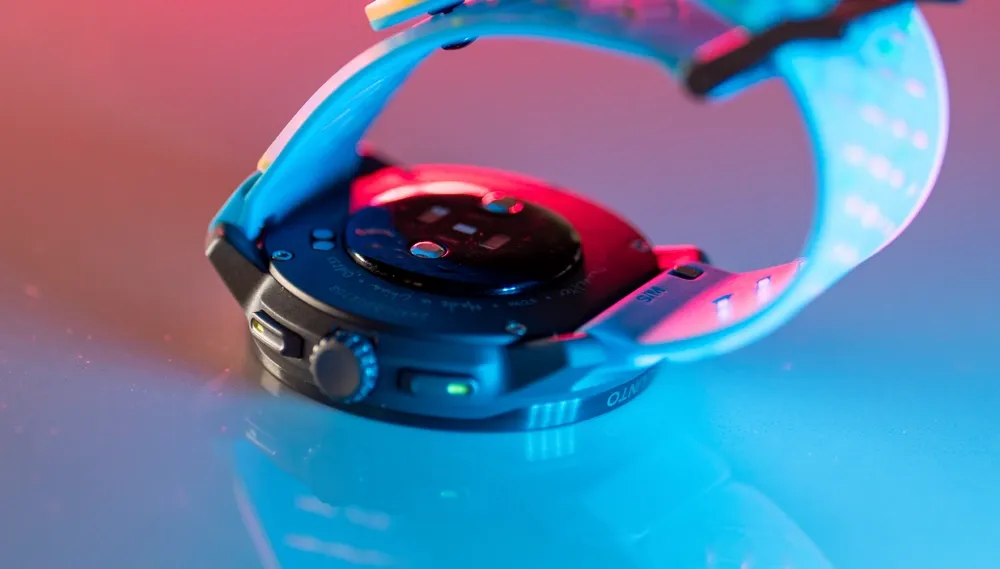
I noticed a couple of reviewers have mentioned they experienced “cadence lock” (where your cadence interferes with HR readings) but I have not noticed this, maybe some of them do not have the watch secure enough on their wrist, this is what tends to create interference from running cadence in my experience.
If you really need perfect accuracy, an external HR strap like the COROS Heart Rate Monitor is the best way to go, though for day-to-day use, and most runner’s needs, the built-in sensor is totally acceptable for me.
Workload & Recovery
The Suunto app syncs with platforms like TrainingPeaks, giving you structured plans, performance tests, and more – I’ve been using the data that flows into the Suunto App, and the final landing place for all my activities, Strava.
👋🏼 By the way, if you’re not a member of the my Strava Club yet, be sure to join (it’s free).
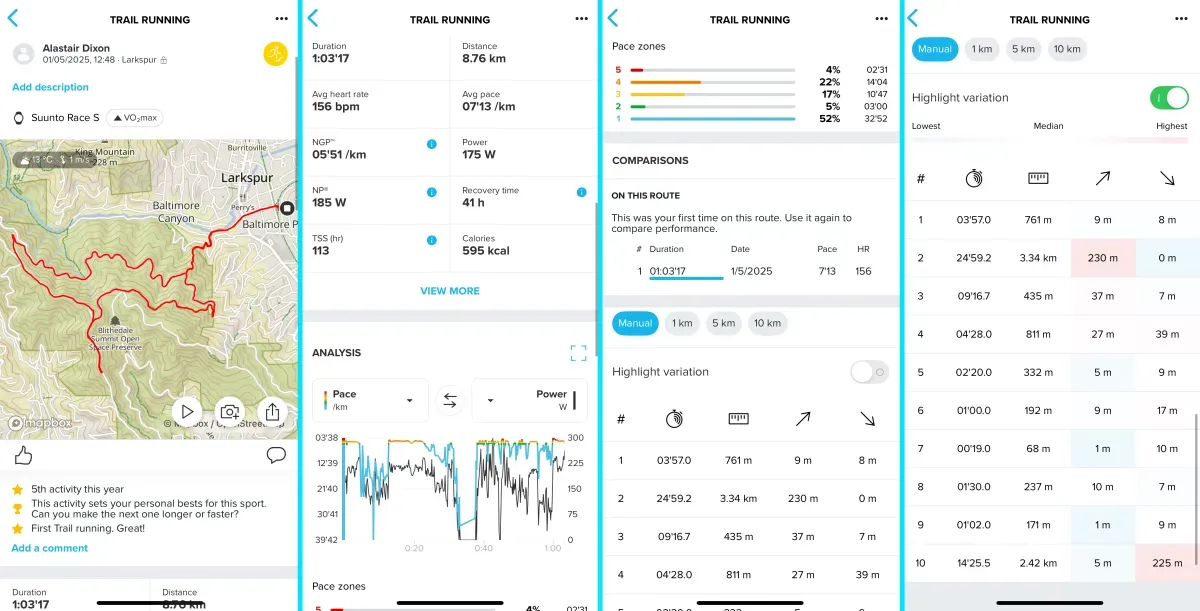
You can track HRV and daily recovery, so it’s helpful for balancing training intensity and rest / recovery. Super important if you’re following one of my training plans, whether its a 5k, 10k, half mara, marathon, or ultra marathon plan.
Having the Race S on my wrist 24/7 reminds me when I’ve loaded too many intense sessions back-to-back, helping me adjust my schedule before I risk overtraining.
Sport Modes & Triathlon
The watch supports more than 95 sport modes, from running and cycling to open-water swimming and triathlon. The quick transitions between disciplines work smoothly. If you also like to lift weights or go to spin class, you’ll find relevant modes that track relevant metrics for how you want to use it – so it’s a true multisport watch.
Daily wear and smartwatch features
Beyond being a training companion, the Race S offers basic smartwatch features: it can display notifications, show weather forecasts, and control music from your phone.
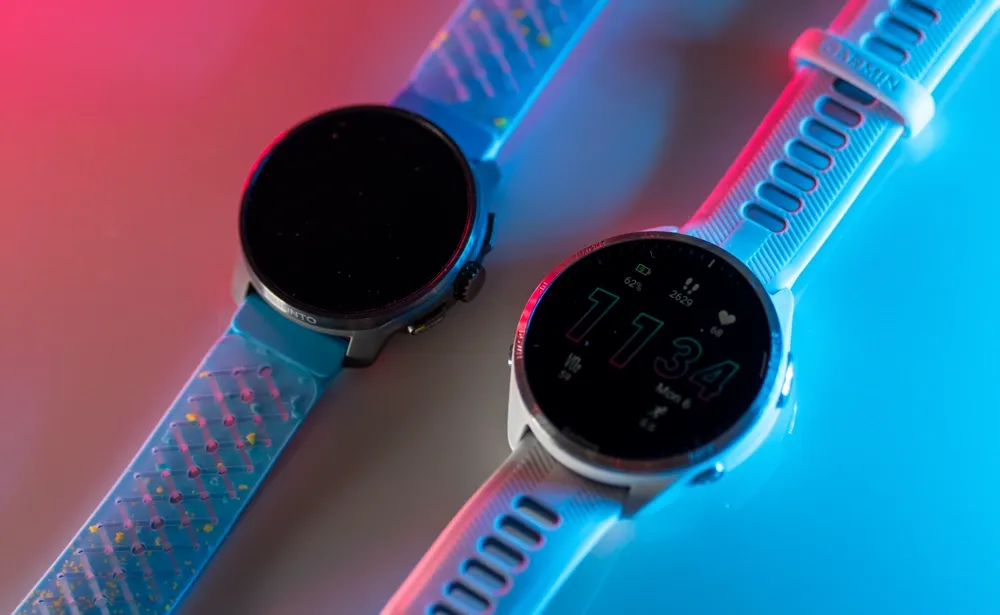
You can’t store music on the watch itself which is a bit of a bummer if you want to run without your phone, and you can’t reply to notifications either – not that i’d do that on a running watch anyway.
If you’re looking for contactless payments or advanced smartwatch features, you’re out of luck here. But for me, those aren’t deal-breakers, as I primarily use the watch for run and cycle tracking and daily health stats.
Areas for improvement or things I wish it had
- Heart Rate Consistency: I’ve had a couple of misreadings. It’s better than older Suunto models, but I’d still suggest using a dedicated HR monitor if you need absolute precision – otherwise it’s not a big deal as for the most part the data is very good.
- Crown Button: It can be awkward. I do appreciate having a physical scrolling mechanism, but it’s sometimes too sensitive, or tricky to use depending on which write you wear the watch on.
- Limited Smartwatch Functions: No NFC for payments, no music storage.
- Sleep Tracking: I haven’t found it to be super accurate, or at least it differs quite a bit from my Forerunner 965, but total sleep is generally similar to what my Garmin says, its just the metrics like ‘deep sleep’, ‘light sleep’, ‘REM’ etc that differ quite a bit.
Price & value
Compared to similar watches with AMOLED screens and offline maps, $469 is a very compelling price for a watch capable of lasting most ultramarathon races. You’re getting great GPS accuracy, thorough training metrics, and robust navigation tools that is most often found on more premium running watches.
If heart rate reliability (HRV) or advanced smartwatch functions matter more to you, you might find yourself considering other options like the similarly priced Garmin Forerunner 265 or pricier, feature rich Forerunner 965.
My verdict
The Suunto Race S Courtney Edition is a strong contender if you want a smaller, lightweight training watch that packs plenty of useful features. Its offline maps and dual-band GPS are dependable for navigating new routes, and the bright AMOLED display looks great for quick data checks mid-run.
Battery life is very good for a watch of this size, and I haven’t experienced any showstoppers in terms of speed or responsiveness.
However, be aware of its few shortcomings, namely occasional HR inaccuracies, limited smartwatch functionality, and the watch’s quirky crown control. If those aren’t deal-breakers, the Race S is one of the best mid-range multisport watches you can get right now, especially at $469.
For runners who want advanced training tools and mapping capabilities without breaking the bank, the Suunto Race S Courtney Edition is worth considering.
It’s also pretty cool to have the glow-in-the-dark strap (which glows for hours, not minutes) and that understated “believe” text on your wrist. Those details make it feel a bit more personal, like it was built with the idea that we could all use a reminder to keep believing in our training and goals.
Which running watch do you use? Let me know in the comments! And if you enjoyed this review, don’t forget to subscribe for more running content like this.


![Suunto Race S Review [Titanium Courtney Edition]](/content/images/size/w1600/2025/06/Suunto-Race-S-Review---Titanium-Courtney-Edition.webp)


